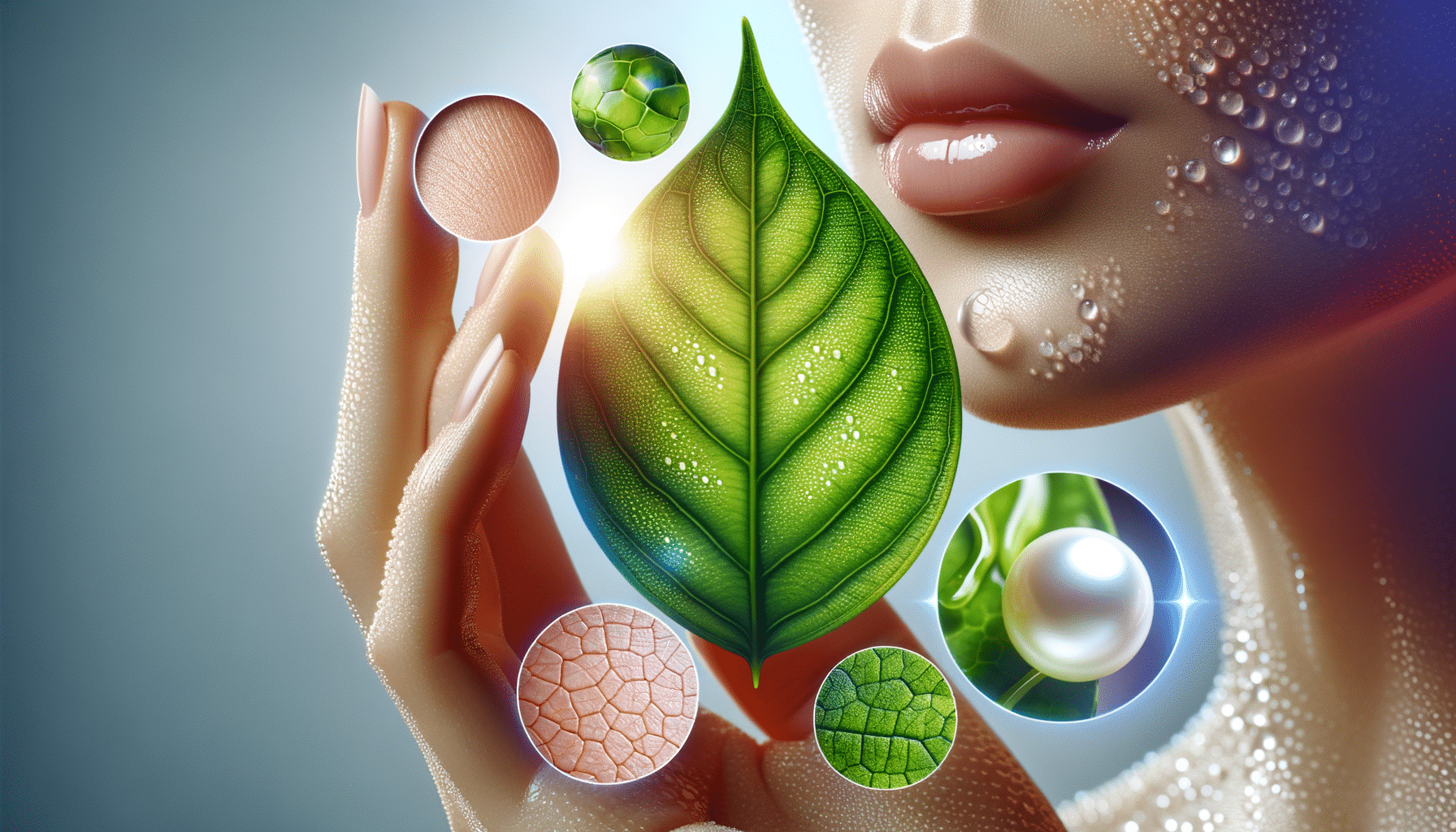Skin Rejuvenation: Restore Your Skin’s Radiance
Skin rejuvenation treatments help reduce wrinkles, sun damage, and dullness, promoting a smoother and more youthful appearance. With options like laser therapy, chemical peels, and microneedling, treatments can be customized to suit your skin’s unique needs.

Understanding Skin Rejuvenation
Skin rejuvenation encompasses a range of treatments aimed at restoring the youthful appearance of the skin by addressing various signs of aging. As we age, our skin naturally loses elasticity, moisture, and volume, leading to wrinkles, fine lines, and a dull complexion. Environmental factors such as sun exposure and pollution further exacerbate these effects. Skin rejuvenation treatments are designed to counteract these issues, promoting a smoother, firmer, and more radiant complexion.
There are several methods available, each targeting different aspects of skin aging. Common techniques include laser therapy, chemical peels, and microneedling. These treatments can be tailored to individual needs, offering solutions for a variety of skin types and concerns. The goal is to enhance the skin’s natural ability to heal and regenerate, resulting in a revitalized appearance.
Understanding the science behind these treatments is crucial for making informed decisions. For example, laser therapy uses concentrated light to penetrate the skin, stimulating collagen production and reducing pigmentation. Chemical peels involve applying a solution that exfoliates the outer layers of skin, revealing fresher skin beneath. Microneedling creates micro-injuries that trigger the body’s natural healing process, enhancing texture and tone.
Laser Therapy for Skin Rejuvenation
Laser therapy is a popular choice for skin rejuvenation, known for its precision and effectiveness. This method utilizes focused light beams to target specific skin concerns, such as age spots, wrinkles, and scars. By penetrating the skin’s surface, the laser stimulates collagen production, which is essential for maintaining skin elasticity and firmness.
There are different types of laser treatments, including ablative and non-ablative lasers. Ablative lasers remove the outer layers of skin, promoting new skin growth, while non-ablative lasers work beneath the surface, encouraging collagen production without damaging the top layer. Each type has its benefits and considerations, making it important to consult with a dermatologist to determine the most suitable option.
Laser therapy is renowned for its ability to deliver noticeable results with minimal downtime. Patients often report improved skin texture, reduced pigmentation, and a more youthful appearance. However, it is essential to follow post-treatment care instructions to maximize results and minimize risks, such as avoiding sun exposure and using recommended skincare products.
Chemical Peels: A Refreshing Approach
Chemical peels offer a non-invasive way to rejuvenate the skin by exfoliating the outer layers. This treatment involves applying a chemical solution that causes the skin to peel, revealing smoother and more even-toned skin beneath. Chemical peels can vary in strength, from superficial peels that target the outermost layer to deep peels that reach deeper layers for more dramatic results.
Superficial peels are ideal for addressing minor imperfections such as fine lines and uneven pigmentation. They require little to no downtime, making them a convenient option for those with busy schedules. Medium and deep peels, on the other hand, target more significant concerns like deep wrinkles and severe sun damage. These peels may require a longer recovery period but offer more pronounced results.
Choosing the right type of chemical peel depends on individual skin concerns and desired outcomes. Consulting with a skincare professional can help determine the most appropriate peel for your needs. Proper aftercare is crucial to ensure optimal healing and to protect the newly revealed skin from sun damage and other environmental factors.
Microneedling: Stimulating Natural Healing
Microneedling is a minimally invasive procedure that involves creating tiny punctures in the skin using fine needles. These micro-injuries stimulate the body’s natural healing response, promoting collagen and elastin production. As a result, microneedling can improve skin texture, reduce the appearance of scars, and enhance overall skin tone.
This treatment is suitable for various skin types and can address a range of concerns, including acne scars, fine lines, and enlarged pores. One of the key advantages of microneedling is its ability to enhance the absorption of skincare products, making it an excellent complement to other treatments.
Microneedling is generally well-tolerated, with minimal downtime. Patients may experience some redness and mild swelling post-treatment, but these effects typically subside within a few days. It’s important to follow post-procedure care instructions, such as avoiding makeup and direct sun exposure, to ensure the best results and minimize potential side effects.
Choosing the Right Treatment for You
With a variety of skin rejuvenation treatments available, selecting the right one can be daunting. It is important to consider factors such as skin type, specific concerns, and lifestyle when making a decision. Consulting with a dermatologist or skincare professional can provide valuable insights and help tailor a treatment plan that meets individual needs.
When choosing a treatment, consider the following:
- Your skin type and sensitivity
- The specific skin concerns you wish to address
- Your tolerance for downtime and recovery
- Budget and long-term skincare goals
Each treatment has its unique benefits, and sometimes a combination of treatments may offer the best results. For instance, combining laser therapy with microneedling can enhance collagen production and improve skin texture more effectively than a single treatment alone.
Ultimately, the goal of skin rejuvenation is to enhance your skin’s natural beauty and boost your confidence. By understanding the options and working with a professional, you can embark on a journey to healthier, more radiant skin.